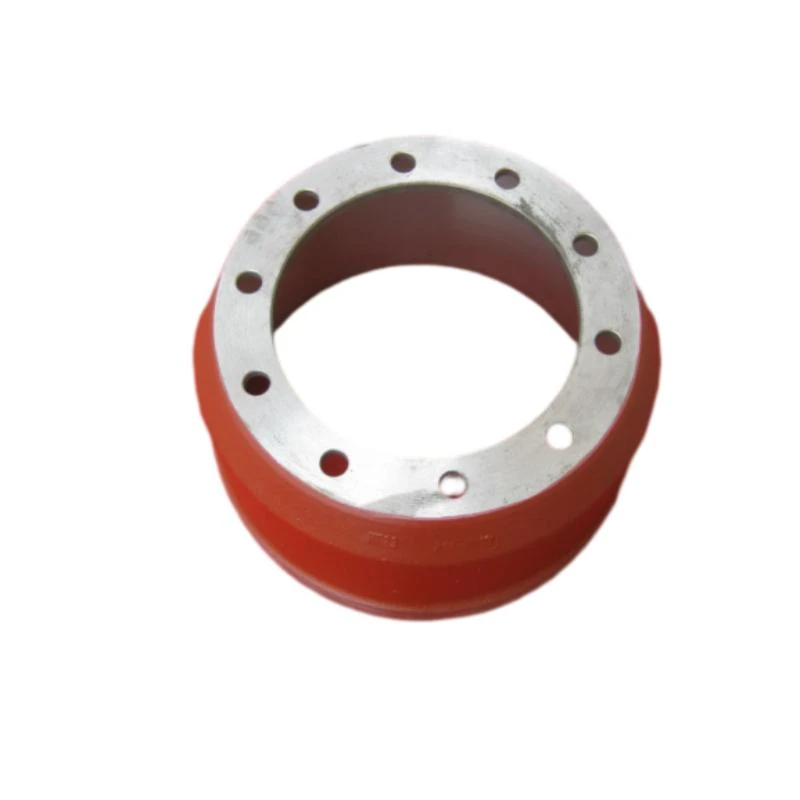Dez . 03, 2024 16:16 Back to list
Guide to Measuring and Choosing the Right Brake Drum Size for Your Vehicle
How to Determine Brake Drum Size
When it comes to vehicle maintenance, ensuring that your braking system is in optimal condition is vital for safety. One of the key components of a drum brake system is the brake drum itself. Knowing the correct size of your brake drum is essential for both performance and safety. Here’s a detailed guide on how to determine brake drum size accurately.
Understanding Brake Drums
Brake drums are cylindrical components that house the brake shoes. When you press the brake pedal, the brake shoes are pushed against the inner surface of the drum to create friction, which slows the vehicle down. Brake drums come in different sizes, and selecting the right size is crucial for effective braking.
Tools You Will Need
Before you begin, gather the necessary tools - A tape measure - A caliper gauge (for more precise measurements) - A notepad and pen to record your findings
Steps to Determine Brake Drum Size
1. Consult Your Vehicle’s Manual The easiest way to determine the correct brake drum size is to consult your vehicle's owner’s manual. Most manuals provide specifications for brake components, including size and part numbers.
2. Inspect the Existing Brake Drum If you are replacing an old drum, you can measure it directly. Remove the wheel and brake drum to gain access. Clean the area if it's dirty, as debris can lead to inaccurate measurements.
3. Measure the Diameter Utilizing your tape measure or caliper, measure the diameter of the brake drum. Place the end of the tape measure or caliper at one edge of the drum and extend it across to the opposite edge. For accurate measurement, do this at a few different points on the drum and take the average.
how to determine brake drum size

4. Measure the Depth Next, measure the depth of the drum. Insert your caliper gauge into the drum's inner surface, touching the bottom. Record this dimension to ensure a proper fit.
5. Check the Shoe Width The width of the brake shoes also plays a role in determining the right drum size. Measure the width of the existing shoes or consult the specifications in your manual. Ensure that the drum you select can accommodate this width.
6. Consider the Bolt Pattern If you are replacing the entire hub assembly or drum assembly, check the bolt pattern on the existing drum. You will need to match this pattern with the new component to avoid installation issues.
7. Verify Compatibility Once you have the measurements, cross-reference them with available drum sizes from auto parts retailers or manufacturers. Many online databases and catalogues provide detailed specifications to help you find the right fit.
8. Consult Professionals if Needed If you are unsure about the measurements or compatibility, don’t hesitate to consult a professional mechanic or an auto parts specialist. They can provide expert advice and help you choose the best brake drum for your vehicle.
Importance of Correct Sizing
Using the correct brake drum size is crucial. An oversized drum can cause poor braking performance and may lead to increased wear on the brake shoes. On the other hand, a drum that is too small can lead to braking failure, posing a severe safety risk.
Conclusion
Determining the correct brake drum size is a critical aspect of vehicle maintenance that should not be overlooked. By following the steps outlined above, you can ensure that you select the right size for your vehicle's braking system, improving safety and performance. Remember, when in doubt, consult a professional to guarantee that your vehicle remains roadworthy. Keeping your braking system in excellent condition will contribute to your overall driving safety and comfort.
-
Brake Drum Man - High-Quality Drum Brake Drums & Brake Shoes for Reliable Performance
NewsJun.24,2025
-
High-Quality Brake Drum Kamaz – Durable Drum Brake Drum & Brake Shoe Replacement
NewsJun.10,2025
-
High-Quality Brake Drum Liza for Drum Brake Systems - Superior Durability and Performance
NewsJun.10,2025
-
High-Quality Brake Drum Kamaz – Durable Drum Brake Drum & Brake Shoe Solutions
NewsJun.10,2025
-
Durable Kamaz Brake Drums High-Performance Truck Parts
NewsJun.09,2025
-
Premium Brake Drum Maz Kit with Shoes Enhanced Braking
NewsJun.09,2025
